Children’s Books About Anxiety
Check out these children’s books about anxiety, from going to school, dealing with being apart, making mistakes, or worrying about the world.
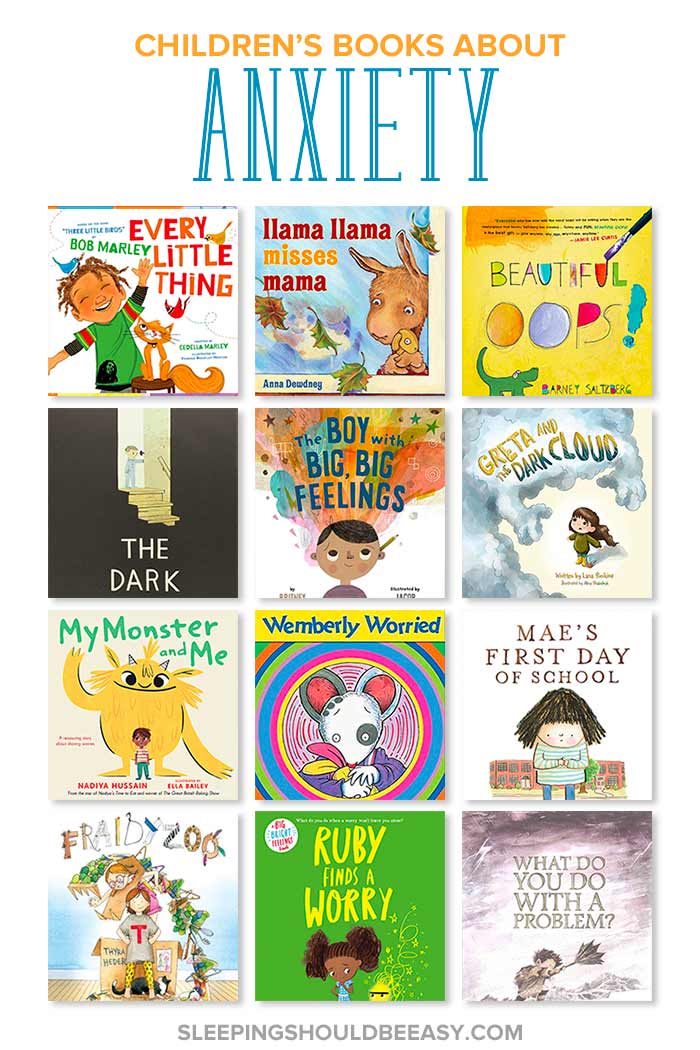 Does your child cry in the morning because her stuffed animal isn’t where it was the night before? Is she fun and energetic at home, but completely different in public? Has school drop-off become such a nightmare because she cries the minute you leave?
Does your child cry in the morning because her stuffed animal isn’t where it was the night before? Is she fun and energetic at home, but completely different in public? Has school drop-off become such a nightmare because she cries the minute you leave?
Many of us have wondered whether our kids’ behaviors are normal or if they could possibly signal anxiety that need to be addressed. And for good reason: while many behaviors are normal, it’s hard when you don’t see them in other kids as often.
Maybe your anxious toddler suddenly won’t sleep at night unless you do the exact ritual every time. She beats herself up when she makes a mistake or imagines the worst things possible that might happen. You may not even be able to be away from her simply because she’s inconsolable being apart.
Anxiety can happen any time and be about everyday worries, but it’s more common with a new environment or people, change of plans, disruption of routine, or a separation from the familiar.
No doubt, anxiety is a real issue, and one you should definitely let her pediatrician know about so you can take appropriate steps, should you need to. But more often than not, her behavior is likely normal and common for kids her age.
Children’s books about anxiety
Disclosure: This article contains affiliate links. As an Amazon Associate, I earn from qualifying purchases.
Still, you can do plenty to ease her anxieties when a worry takes hold, including reading children’s books.
Reading books together about similar issues she feels can reassure her that what she feels is normal. She can put names and labels to her emotions and can see how other characters might respond to similar circumstances.
And it gives her an opportunity to open up about how she feels. She realizes that she has little to worry about—and the courage to face them if needed.
I compiled my favorite books that I’ve read to my three kids. After you check out the books, take a look at several tips and resources to help your child’s anxieties:
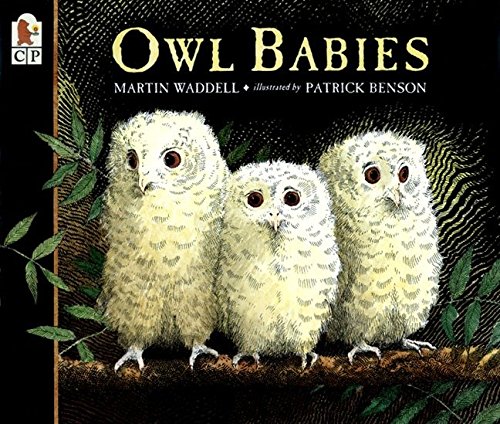
Owl Babies by Martin Waddell and Patrick Benson
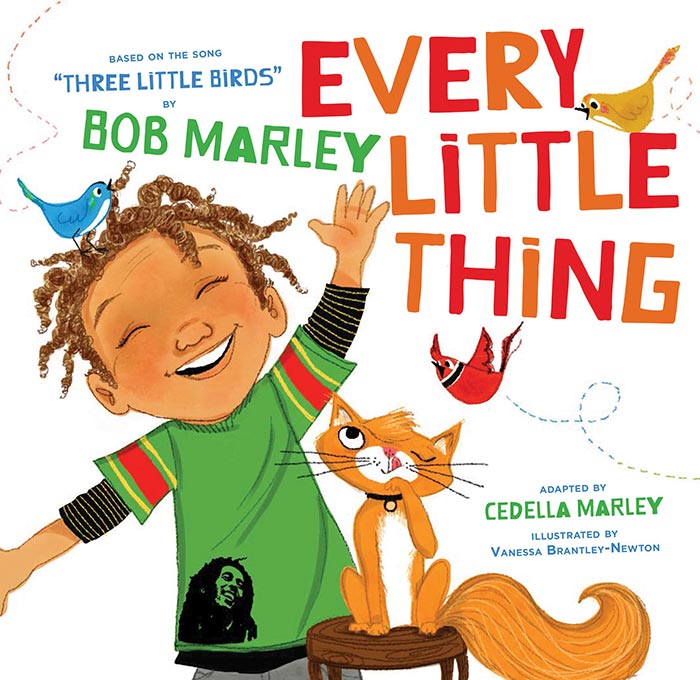
Every Little Thing by Bob Marley

Llama Llama Misses Mama by Anna Dewdney
(Get tips on how to comfort a child who misses a parent.)

When I Miss You by Cornelia Maude Spelman and Kathy Parkinson

Beautiful Oops! by Barney Saltzberg
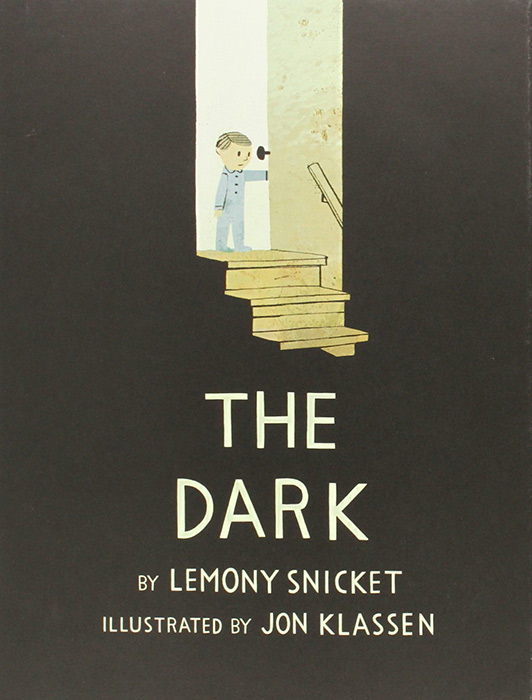
The Dark by Lemony Snicket and Jon Klassen
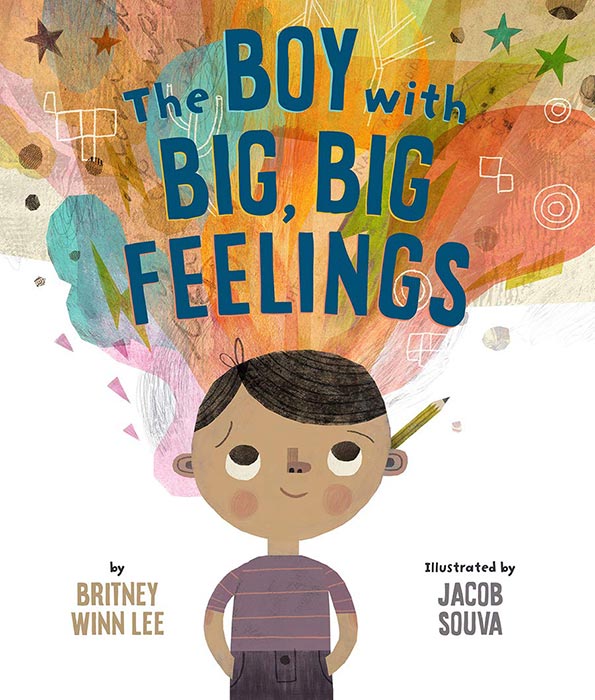
The Boy with Big, Big Feelings by Britney Winn Lee and Jacob Souva
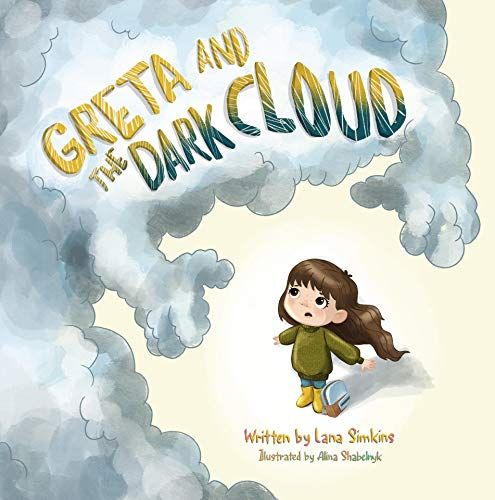
Greta and the Dark Cloud by Lana Simkins and Alina Shabelnyk
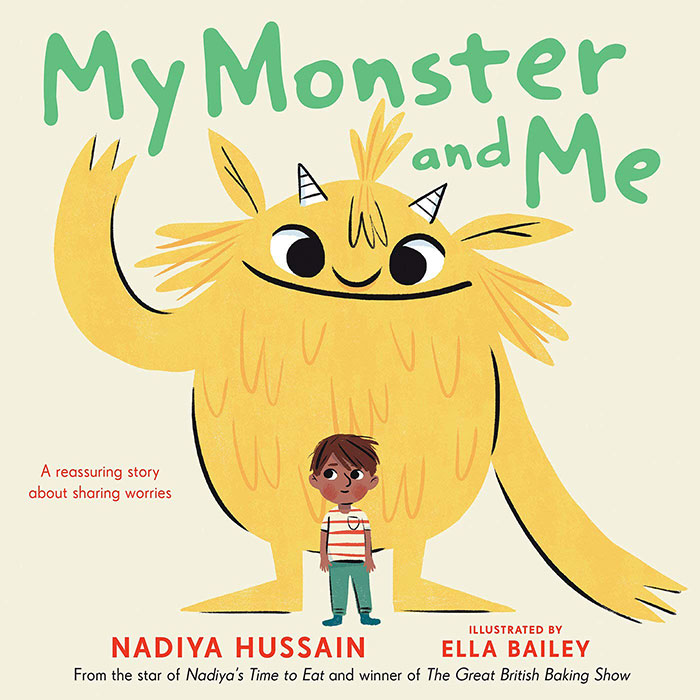
My Monster and Me by Nadiya Hussain and Ella Bailey
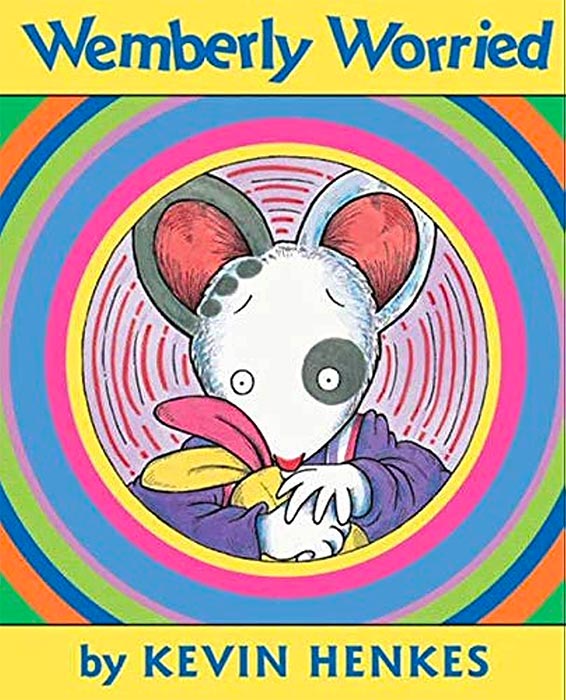
Wemberly Worried by Kevin Henkes
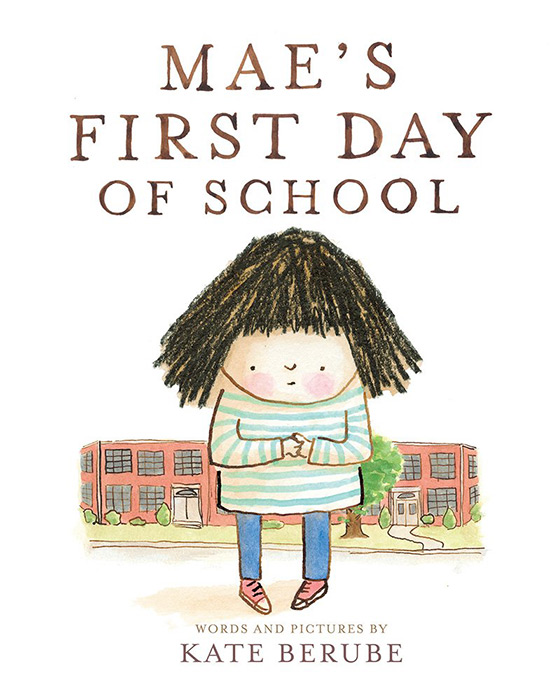
Mae’s First Day of School by Kate Berube
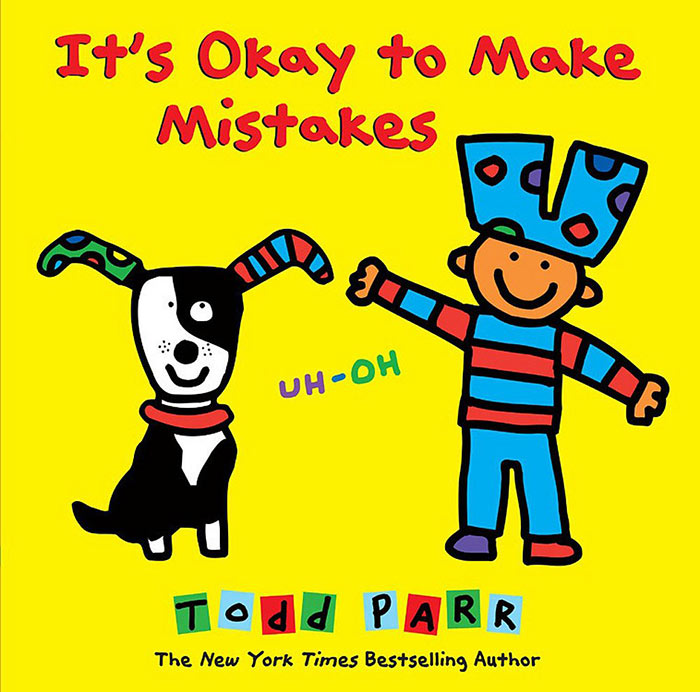
It’s Okay to Make Mistakes by Todd Parr

The Invisible String by Patrice Karst
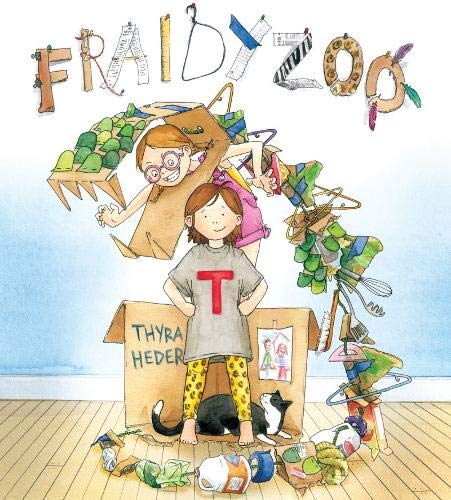
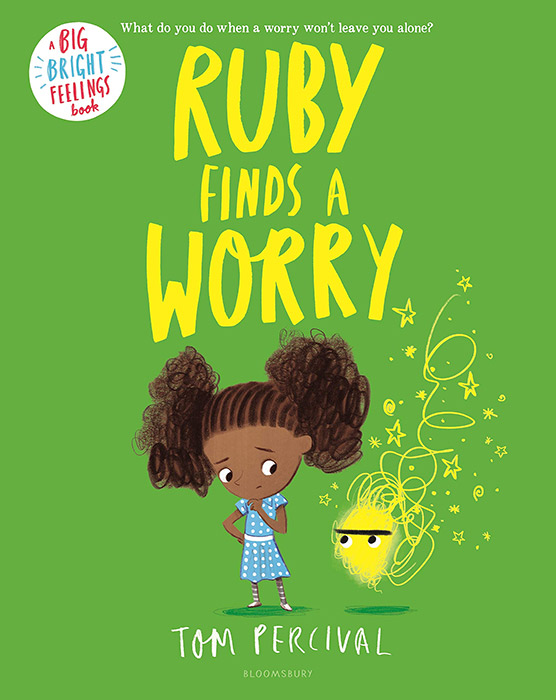
Ruby Finds a Worry by Tom Percival
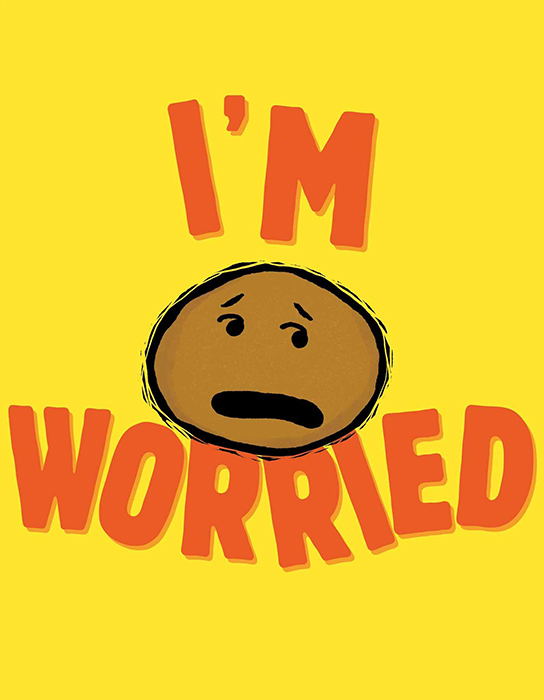
I’m Worried by Michael Ian Black

What Do You Do with a Problem? by Kobi Yamada and Mac Besom
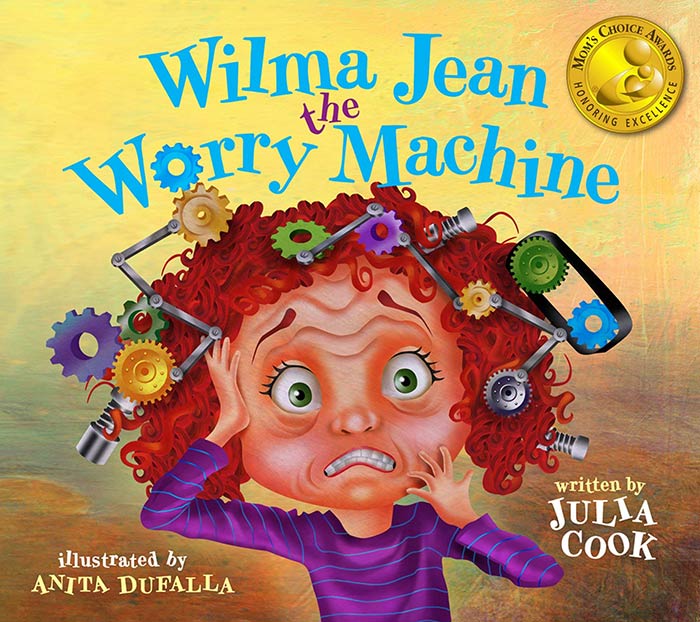
Wilma Jean The Worry Machine by Julia Cook and Anita Dufalla
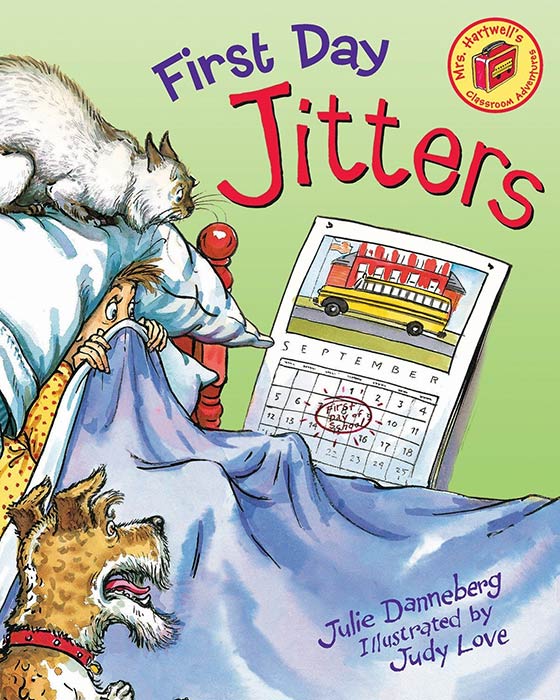
First Day Jitters by Julie Danneberg and Judy Love

The Girl Who Never Made Mistakes by Mark Pett and Gary Rubinstein
Tips to ease your child’s anxieties
However age-appropriate and normal your child’s behavior might be, it’s still important to address and talk about her feelings. From social anxiety to facing new things, here are a few best practices to ease her big emotions:
- Talk about proactive things she can do. Is she afraid to approach other kids at school? Role play at home how she might be able to do just that. Encourage her to bring something from home she can share with others. Let her know she can hug her stuffed animal when she’s afraid at night, or practice relaxation techniques to calm herself down.
- Label the emotions. Unlike you and me who know what anxiety feels like, kids aren’t born with that understanding. They don’t know what to call the strange feelings and sensations that happen in their minds and bodies. By naming and discussing these emotions, your child can now talk about it in more specific ways.
- Have consistent routines. Predictability allows her to spend less time feeling anxious and worried. She doesn’t have to be on the lookout for whether something unpleasant will happen and can instead use that time to play, relax, and explore. After all, when we know what to expect, we don’t have to wonder what’s next.
- Respond calmly. Your own reactions to situations can ease her anxieties. For instance, stay calm and collected if she happens to injure herself so she doesn’t panic about every little boo boo she gets.
Get more tips:
- Children’s Books about Separation Anxiety
- How to Deal with Separation Anxiety
- How to Handle Potty Training Poop Anxiety
Free printables: Want even more book ideas? Join my newsletter and get a copy of the Read Aloud Book List! You’ll get hundreds of favorite selections to read aloud with your kids. Get it below—at no cost to you:

